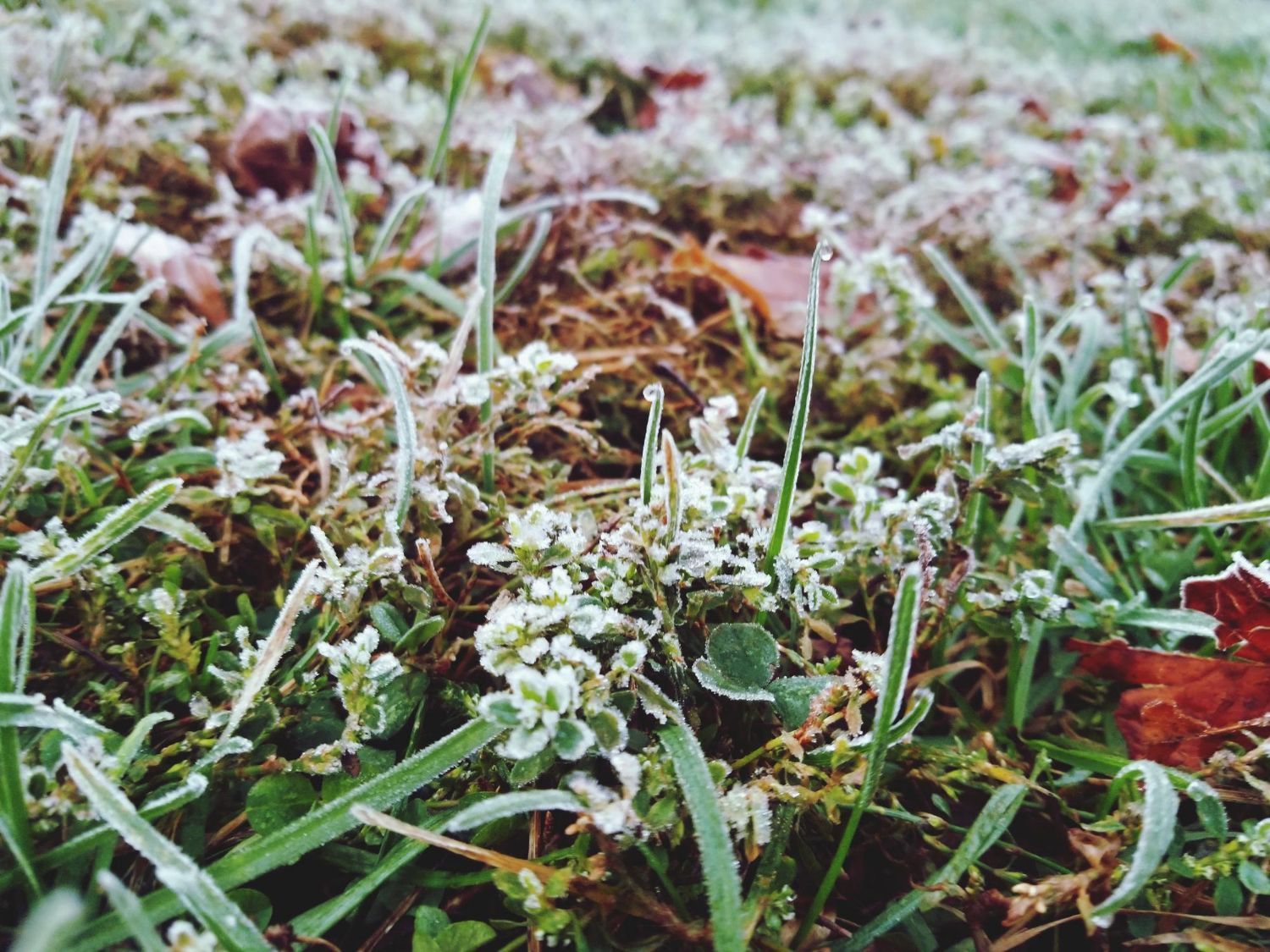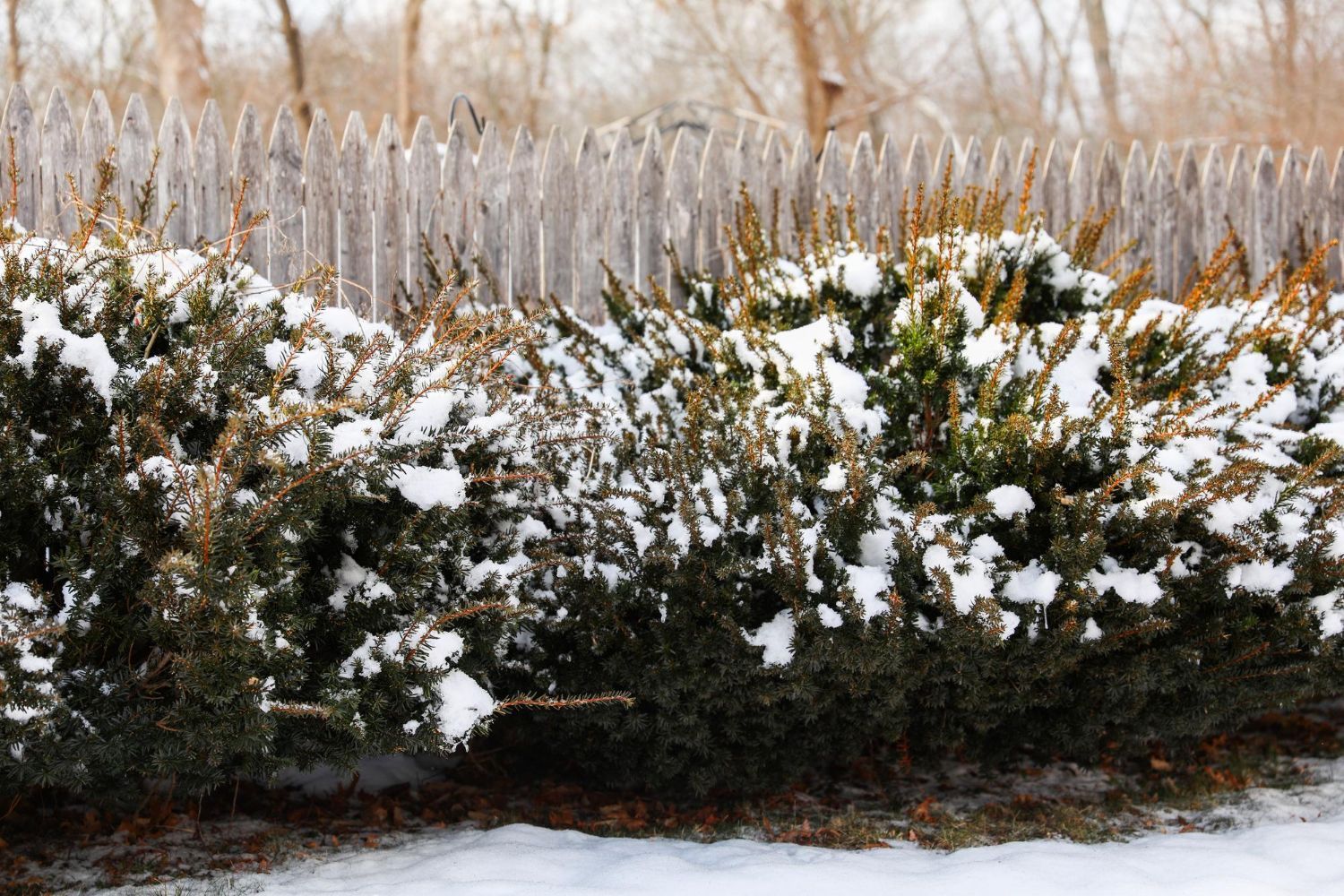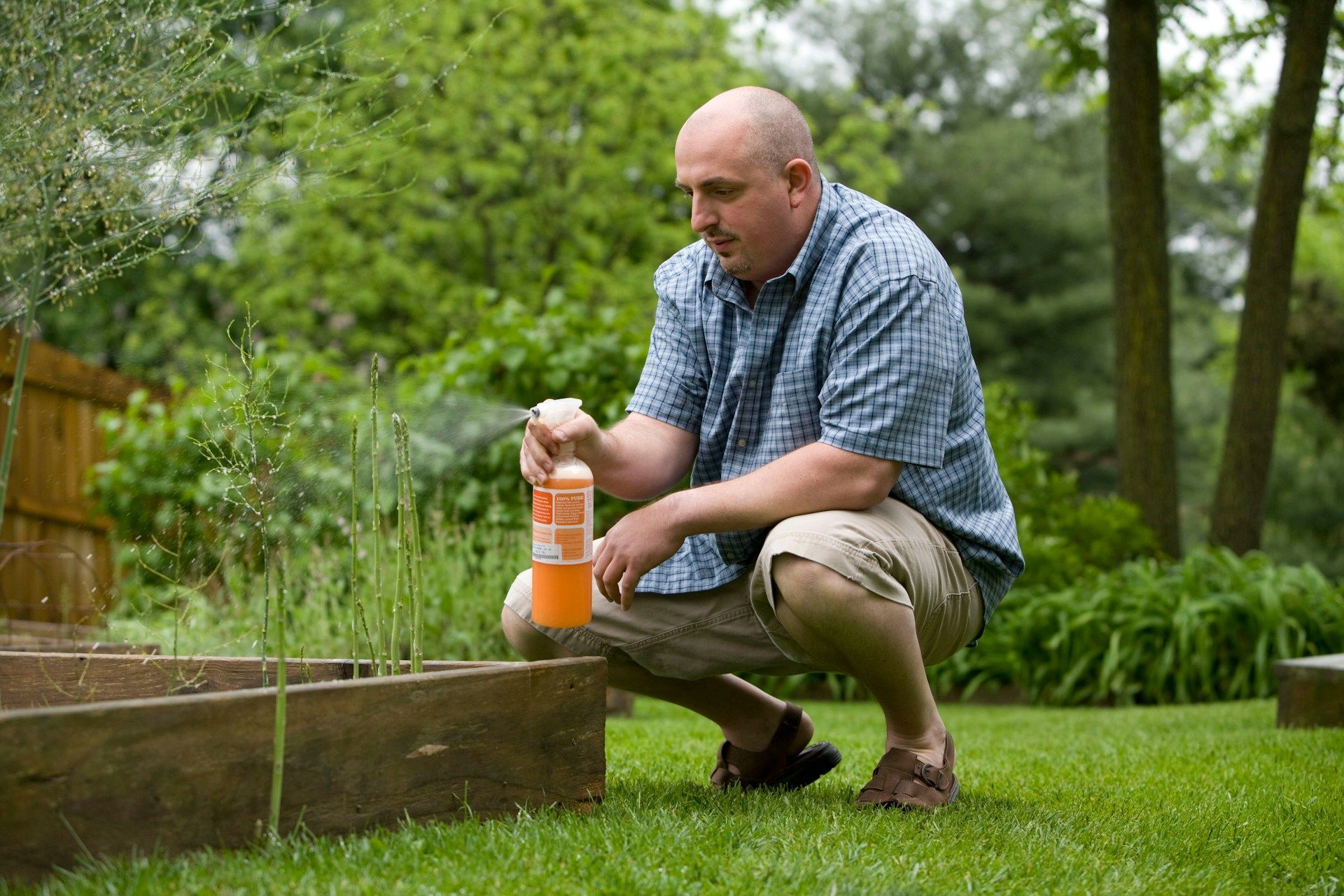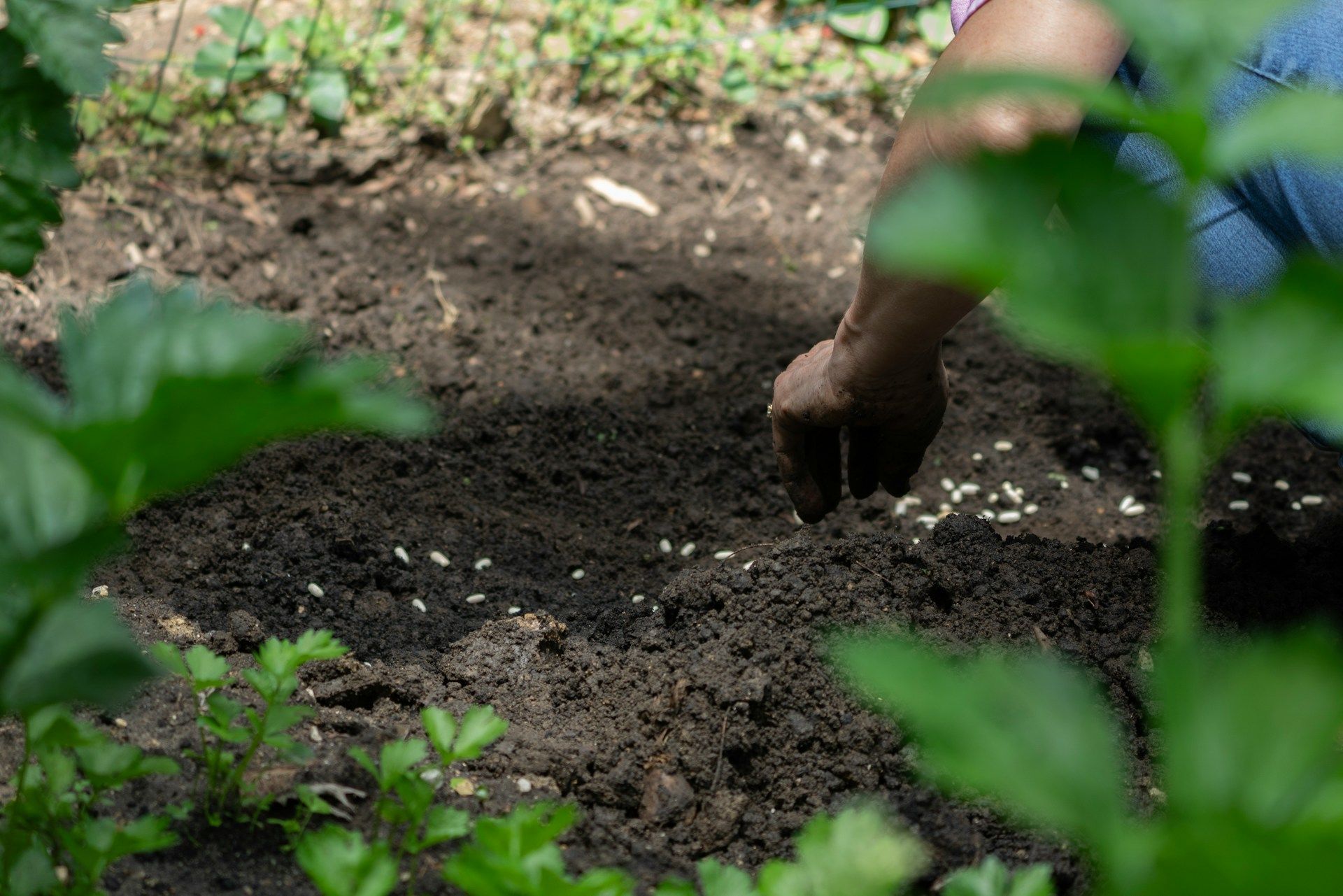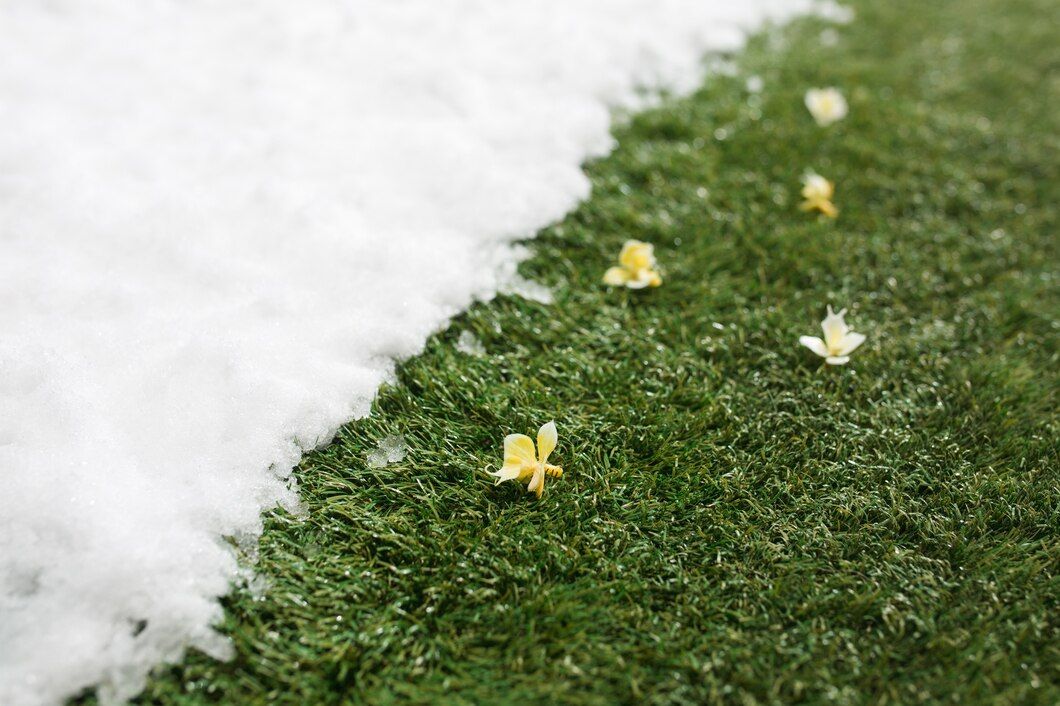What Our Customers Are Saying
Maximizing the Benefits of Mulching During the Summer Heat
Summers can be tough on our gardens and lawns. The intense heat and prolonged dry spells can stress plants, leading to wilted leaves and stunted growth. Luckily, mulching provides an effective solution to combat these challenges. Mulching not only enhances the appearance of your garden but also plays a crucial role in maintaining soil health and plant vigor.
By adding a layer of mulch, we help our gardens retain moisture, which is crucial during hot summer days when evaporation rates soar. Moisture retention ensures that water stays in the soil longer, giving our plants a consistent supply. Moreover, mulch acts as an insulator, helping to regulate soil temperature. This keeps the roots cool and less stressed, promoting healthier growth.
Using mulch also reduces weed growth by blocking light from reaching the soil surface, making it harder for weed seeds to germinate. With fewer weeds to compete for nutrients and water, our plants can thrive. Implementing mulching strategies during summer can make a significant difference, turning a parched garden into a thriving oasis.
Benefits of Mulching in Summer
Moisture Retention
Mulching is a game-changer when it comes to retaining soil moisture during the summer. We all know how essential water is for plant health, and mulch acts like a protective blanket, reducing water evaporation. By applying a mulch layer, we trap moisture in the soil, making it available for plants for an extended period.
When water stays longer in the soil, roots can absorb it more effectively. This consistency helps plants thrive even in the hottest months. Instead of watering plants frequently, which can be a hassle in the summer heat, mulch keeps the soil damp for longer. This not only saves water but also minimizes stress on plants, leading to healthier growth.
Temperature Regulation
Another significant benefit of mulching is soil temperature regulation. Exposed soil can get extremely hot under the sun, which can damage plant roots. Mulch acts as an insulating layer, keeping the soil cooler during the hot days. This temperature moderation reduces root stress and ensures steady plant growth.
During cooler nights, mulch helps retain some warmth, making the soil less prone to sudden temperature drops. Consistent soil temperature is vital for root health, and mulch provides that stability. With less stress on the roots, plants can focus their energy on growing strong and healthy.
Types of Mulch and Their Advantages
Organic Mulch Options
Organic mulches are made from natural materials such as wood chips, straw, leaves, and grass clippings. These types of mulch decompose over time, adding valuable nutrients back into the soil. Using organic mulch can improve soil structure and fertility, promoting healthier plant growth.
Wood chips are excellent for flower beds and around trees. Straw works well in vegetable gardens, while grass clippings can be used in various garden areas. Compost is another great option as it enriches the soil while also acting as a mulch. The decomposition process of organic mulch enhances soil microbial activity, further benefiting plant health.
Inorganic Mulch Options
Inorganic mulches include materials like gravel, stones, and landscape fabric. These options do not decompose and, therefore, do not add nutrients to the soil. However, they are excellent for long-term use and require less maintenance compared to organic mulch.
Gravel and stones are great for pathways, xeriscaping, and garden borders. They effectively retain soil moisture and regulate temperature while adding a decorative touch. Landscape fabric, often used under stone or gravel, helps minimize weed growth even further. Plastic mulch is another option commonly used in agricultural settings to control weeds and conserve water.
Each type of mulch has its own set of advantages, and the choice often depends on the specific needs of your garden. Whether you opt for organic or inorganic materials, mulching helps create a healthier, more resilient garden during the summer heat.
Best Practices for Applying Mulch
Proper Application Techniques
To get the most out of mulching, we should follow proper application techniques. Start by clearing any weeds or debris from the area where you'll apply the mulch. This ensures a clean surface and enhances the effectiveness of the mulch in preventing weed growth. Next, spread an even layer of mulch around the plants, ideally 2 to 4 inches thick. Make sure to leave some space around the base of each plant to prevent rot and allow airflow.
For larger areas, consider using a wheelbarrow to distribute the mulch evenly. Use a garden rake to spread the mulch, ensuring it is level. Applying too thin a layer won't provide the benefits needed, while too thick a layer can suffocate plant roots. Consistency in mulch thickness helps in maintaining uniform moisture and temperature levels across your garden.
Common Mistakes to Avoid
There are common mistakes that we should avoid when mulching. One of the most frequent errors is piling mulch too high, creating what is often called "mulch volcanoes" around trees. This can cause bark rot and restrict water absorption. Instead, create a mulch ring that is flatter and wider.
Another mistake is using contaminated mulch that might contain weed seeds or pests. Always source mulch from a reputable supplier to ensure its quality. Lastly, avoid applying mulch too late in the season, as it won't be as effective. Early application, preferably in late spring or early summer, helps maximize the benefits throughout the hot months.
Long-Term Mulching Strategies
Seasonal Maintenance Tips
Effective mulching is not just a one-time activity; it requires seasonal maintenance. We should regularly check the mulch layer, especially after heavy rains, and replenish it as needed. Organic mulches decompose over time, so adding a fresh layer seasonally helps maintain its effectiveness. We should also fluff the existing mulch occasionally with a rake to improve air circulation and prevent matting.
In areas with significant leaf fall, remove excess leaves from the mulch to prevent the buildup of mold or fungi. In colder months, adding a thicker mulch layer can protect the soil and plant roots from freezing temperatures. These seasonal adjustments keep your garden in top shape throughout the year.
Integrating Mulch into Your Lawn Care Routine
Integrating mulch into our regular lawn care routine ensures long-term benefits. We should include mulching as part of our seasonal garden cleanup and preparation. Combining mulching with other lawn care practices, such as fertilizing and watering, provides a holistic approach to maintaining a healthy garden.
It's also beneficial to educate family members or anyone helping with yard work about proper mulching techniques. Consistent practices across the entire garden make a noticeable difference in plant health and growth. By making mulching a regular habit, we can enjoy a more vibrant and resilient landscape year-round.
Conclusion
Mulching is a vital practice that significantly benefits our gardens, especially during the summer heat. By retaining moisture and regulating soil temperature, mulching helps plants thrive even under harsh conditions. Understanding the types of mulch and their advantages allows us to choose the best option for our specific needs. Following best practices for application and avoiding common errors ensures that we maximize the effectiveness of our mulching efforts.
Long-term strategies, including seasonal maintenance and integrating mulch into our regular lawn care routine, offer sustained benefits. Effective mulching enhances soil health, reduces weed growth, and promotes healthier, more resilient plants.
Ready to transform your garden with the benefits of mulching? Contact Healthy Lawn today for expert advice and professional
lawn care services in New Jersey. Let's work together to create a lush, thriving garden that can withstand the summer heat.



